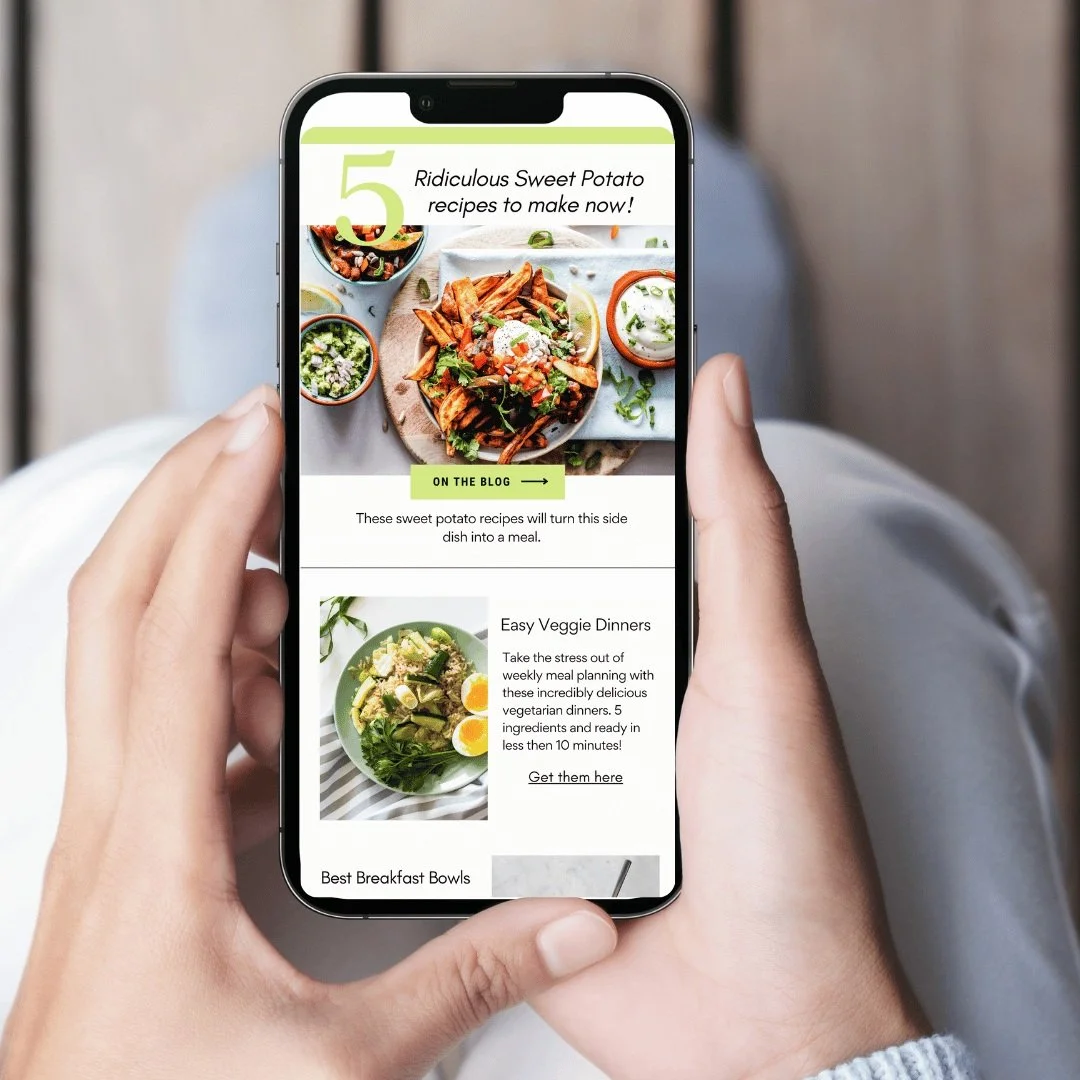7 Essential Email Marketing Tips for Beginners
7 Essential Email Marketing Tips for Beginners
If you’re just getting started with email marketing, there are some key basics to keep in mind before you send out your first campaign. Regardless of the type of business you have, these seven email marketing tips will help you craft emails that get opened, get clicks, and convert.
1. Define Your Purpose
Every email should have a clear focus and goal. Ask yourself: Why am I sending this email? When you know your purpose, everything else—like your subject line and content—falls into place. Avoid overwhelming your readers with too much information. If your email tries to accomplish 16 different things at once, it’s harder to write a compelling subject line, and your audience won’t know where to focus.
Remember: less is more. Keep your email concise, focused, and to the point. If you have a lot to say, it’s better to send multiple emails rather than packing too much into one. Short attention spans and decision fatigue are real—give your readers one or two clear actions to take, rather than too many options that might leave them doing nothing.
Your email content can be product-focused, but you’ll see better engagement when you balance it with storytelling, education, or inspiration. Emails can also serve to announce, invite, or inform, depending on your business goals.
2. The Hero Section
The hero section is the first thing your readers see when they open your email, and it needs to hook them immediately. This is typically a bold, eye-catching image or design at the top of your email that draws people in and encourages them to keep scrolling.
Make sure your hero section is:
Attention-grabbing
On-brand (colors, fonts, and imagery that align with your brand’s identity)
Easy to read (avoid cramming too much text into your hero image)
You can provide more detailed information and longer copy further down in the email. But your hero section should captivate your readers instantly—it’s your chance to make a strong first impression.
3. Call to Action (CTA)
Your Call to Action (CTA) is the most important element of your email. It’s what encourages your readers to take the next step, whether that’s clicking through to your website, signing up, or making a purchase.
Place your primary CTA above the fold (this is the top portion of your email that’s visible without scrolling). This is especially important for e-commerce brands. For other types of businesses, you can be more flexible, but aim to include a CTA within the first half of your email.
You can include multiple CTAs throughout your email, but there should always be a primary focus—the one main action you want your readers to take. Use buttons or links to make your CTAs stand out, and make sure they are:
Clear (use action words like “Shop Now,” “Learn More,” or “Get Started”)
Easy to find
Consistent with your goal
4. Consistent Branding
Your email design should always align with your brand identity. Consistency builds trust and recognition. Include:
Your logo (make sure it’s linked to your website)
A header and footer with additional links to your website, social media accounts, and contact information (customer service email, phone number, etc.)
Your brand colors, fonts, and voice
Your subscribers should instantly recognize your email as coming from you. When your emails are visually cohesive and written in a way that feels familiar, you create a positive experience that encourages engagement.
5. Design for Mobile First
With over 60% of emails being opened on mobile devices, designing for mobile is no longer optional—it’s essential. Follow these mobile-friendly email design tips:
Use large, clear fonts that are easy to read on small screens.
Make sure CTA buttons are big enough to click without zooming in.
Keep text on images to a minimum and ensure it’s legible on mobile.
Test your emails on both mobile and desktop devices before sending to ensure a seamless user experience.
6. Write Captivating Copy
Your email copy should reflect your brand voice and feel like a natural conversation with your audience. Avoid jargon or overly complicated language—write in a way your audience can easily understand and relate to.
Keep it short and focused. Most readers skim their emails, so break up your content with headings, bullet points, and concise paragraphs. If your brand is known for longer, more educational content, longer-form emails can work—but if your goal is to drive an action (like clicking, buying, or signing up), it’s better to be brief and to the point.
Pro Tip: Use personalization to make your emails more engaging. Address readers by name and tailor your content based on their preferences or behavior (e.g., “We thought you’d love these picks!”).
7. Craft an Irresistible Subject Line
Your subject line is the most critical part of your email—it’s the difference between getting opened or ignored. It should be:
Short and punchy (aim for 6-10 words)
Clear about the email’s content
Intriguing enough to pique curiosity
Spend time brainstorming and testing your subject lines. Consider using A/B testing to see which ones perform best. You can also include power words, numbers, or personalization (e.g., “Don’t miss out, [First Name]!” or “5 Ways to Boost Your Productivity Today”).

